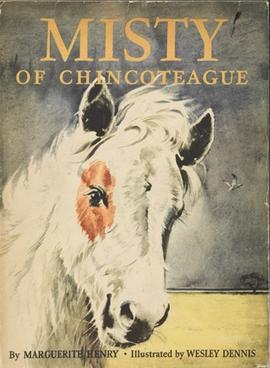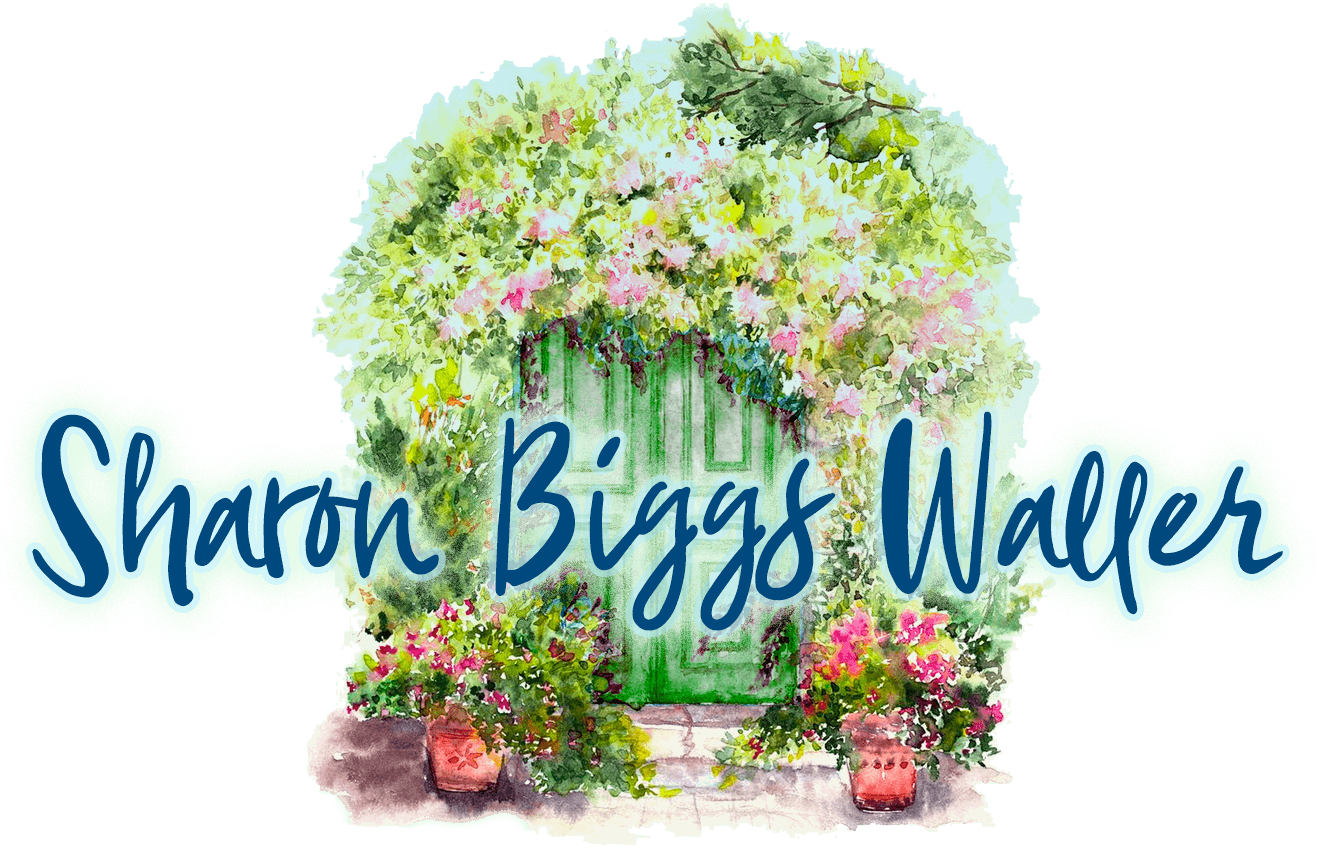My new book, The Original Horse Bible, will be released tomorrow (August 16th) , and it’s always a little bit exciting and a little bit scary when a new book hits the bookshelves. It takes so long to bring a book to market–for my co-author Moira C. Reeve and me, it was a two-year process–so it can be a little surreal to see the actual thing. Every writer wants their work to be a commercial success, but I think what most of us want is for our book to make a lasting impression with a reader. So this got me to thinking about books that have had a lasting impression in my own life. Most of those books were about horses. Horses have always been something of a talisman to me (I was even born in the year of the horse). A good many of the important people in my life have come about because of horses. Opportunities that have changed my life have been as the result of horses. I didn’t have a horse as a child so books were the best way to get close to them. Through the pages of a book I galloped over the fields, saved horses from a burning barn,and rode on the back of a pony as he swam across the channel. So today I’d like to honor a few of the books that inspired me to dream of a life with horses.

Gypsy from Nowhere, by Sharon Wagner, which was published by Golden Books in 1978, is one of my top favorite books of all time. I read this book so many times that the pages started falling out and I had to tape them back in with scotch tape. In the story, the main character, Wendy, had a terrible accident on a horse that died as a result of her mistake. She’s sent to live with her aunt and uncle on their horse ranch for a year. Wendy meets Gypsy, a homeless horse that mysteriously appears at the ranch. Wendy overcomes her fear of horses to help Wendy overcome her fear of people. This book helped me deal with my own shyness with people. Imagine my surprise when at age 35 I found this very same book in Moira’s bookshelf. She had a whole shelf of horse books that she had saved from her childhood.
Sharon Wagner wrote two more stories about Gypsy, including Gypsy and Nimblefoot. In this story, the paint gelding Nimblefoot’s fall shakes him so badly that he becomes unsafe to ride and faces euthanasia, but Gypsy and Wendy help him overcome his fear. Nimblefoot has the cutest face on this cover. I like how Gypsy is holding his lead rope in her mouth. I used to look at this cover a lot.

The Black Stallion books were also some of my favorites, in particular the Black Stallion and the Girl, which was a change for author Walter Farley. This was a romance, and the first love story I had ever read. In the story, Alec is looking for a new trainer at Hopeful Farm to replace one he had to fire, but a GIRL shows up (in the 70s girls had a hard time on race tracks, in fact, they were considered unlucky). Alec decides to give Pam a chance but his head trainer, Henry, is not happy. When Alec gets suspended from the track, Pam steps in. Of course, Alec falls in love with her and gets his heart broken as a result. There is a scene in this book where Pam dances in a field while playing the flute and Alec sees her doing this. I know it’s so corny, but to my 13-year-old self it was really romantic. Sigh…

A Horse of Her Own published in 1963 by Selma Hudnut tells the story of the orphaned Rosemary O’Connor who lost her parents in a car accident and has to go live with her aunt and uncle who don’t understand her. She’s also lost her connection with horses because her father was a trainer. One day she sees her neighbor riding his horses and he asks her if she’d like to help out. This leads to a job with the local hunt stable, but Rosemary has to work under the horrible trainer, Red, a drunk. Rosemary discovers that Red has been keeping an injured Irish hunter hidden away. Rosemary nurses the gelding back to health, but when Red starts a barn fire, Rosemary saves Red, “Irish”, and all the other horses. While recovering from her burns in the hospital the owner of the barn gives the gelding to her. I loved this book so much because it taught me that a life with horses was possible, no matter your circumstances. Moira told me there is a sequel to this book called Irish Hurdles, which is about Rosemary learning to play polo. I’ve yet to find this book, but I’m still looking. I actually still have A Horse of Her Own, which somehow survived all of the address changes in my adult life.

My final choice is by the redoubtable Margeurite Henry, who penned so many horse books I think that she nearly invented the genre. Her most famous is Misty of Chincoteague, which is based on a real pony’s life. Paul and Maureen Beebe live with their grandparents on Beebe Ranch. The kids want a pony of their own, and they’ve set their sights on a wild pony named Phantom. Off the coast of Virginia lies Chincoteague Island, a place where ponies have roamed free since the 1700s. Each year the ponies are rounded up and swum over to the mainland where the excess ponies are sold and the rest are brought back (this is all to keep the population healthy). Paul is old enough to go on the roundup, but sees that Phantom has a little filly, whom he names Misty. Phantom is too wild to tame but Misty stays with the Beebe family forever, and later has a foal of her own, Stormy.

The Chincoteague ponies are still rounded up every year on Pony Penning Day, which is very popular with tourists. It brings in money to help the volunteer fire department. I wrote about the breed in The Original Horse Bible. No one really knows how the ponies got there. Maybe it was from a ship wreck, maybe settlers brought them along with them. But the roundups have been going on since the 1800s. Check out this website to learn more: http://www.mistyofchincoteague.org/
Here is a picture of Marguerite and the real life Misty:

What books have inspired you? I’d love to hear from you!



























